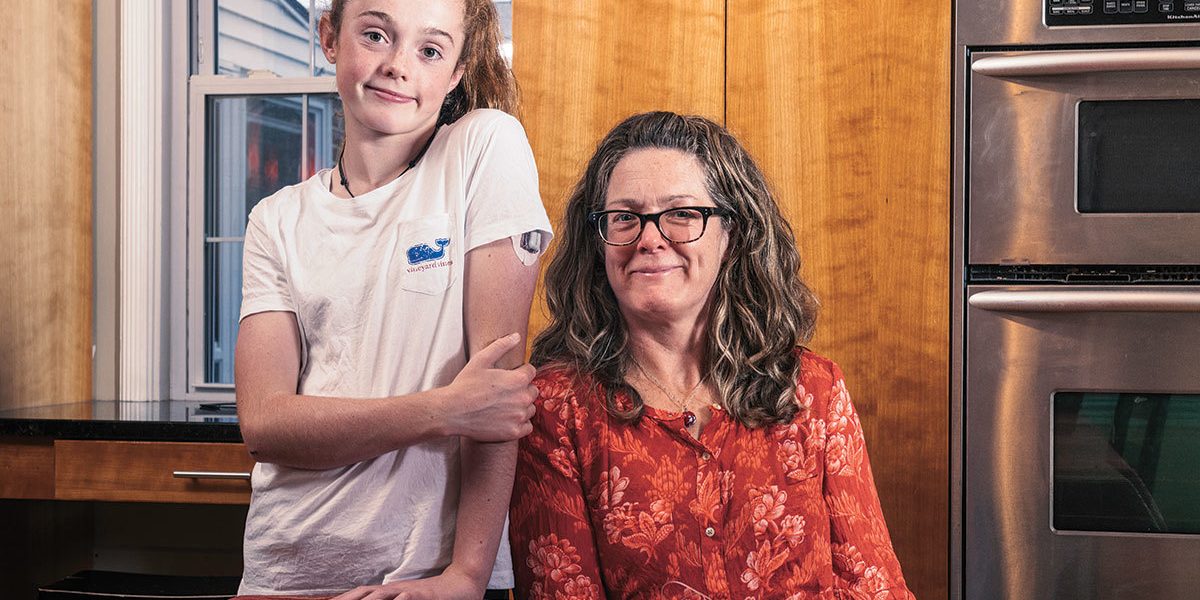Health & Wellness
Hacking Diabetes
A Johns Hopkins lecturer uses #OpenAPS to control her diabetes.
For 31 years, Orla Wilson had been treating her Type 1 diabetes with a combination of prescribed pumps and devices, but all that changed when her then-8-year-old daughter, Polly, was diagnosed with the disease. Wanting to make Polly’s daily routine more predictable and less time consuming, Wilson, a senior lecturer of materials science and engineering at Johns Hopkins University, joined a rising subculture of patients who have hacked their own insulin pumps and created an artificial pancreas system using open-source coding.
The simulated pancreas system was founded in 2015 when diabetes activists Dana Lewis and Scott Leibrand created a closed-loop system that connects updates from a patients’ continuous glucose monitor to their wearable insulin pump. Instead of having to manually adjust insulin levels, the OpenAPS system transmits blood sugar readings to the insulin pump, which then automatically adjusts the patients’ intake to maintain a healthy rate.
The systems must be self-made and are not regulated or approved by the Food and Drug Administration. Lewis and Leibrand shared their open-source code online and launched the #OpenAPS movement to help people like Wilson, who became the 121st person to complete her own system in October 2016. As of July, more than 725 people, including Polly, are reportedly using the hybrid strategy.
Since adopting the homemade system, Wilson says she worries less about “going low” on glucose while she’s teaching or about Polly sleeping through her blood-sugar alarms. She has shared her experience with various diabetes Facebook groups and the Johns Hopkins chapter of the College Diabetes Network, and even hosted a webinar with local nonprofit Diabetes Destiny.
During her senior design course, she points to her system as an example of the importance of innovation and lifelong learning. “It’s like saying ‘screw you’ to diabetes,” she says. “I have a better understanding and control over it now than ever before, and the fact that it’s something I chose to do and build for my health is empowering.”
